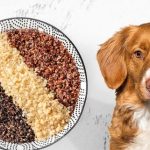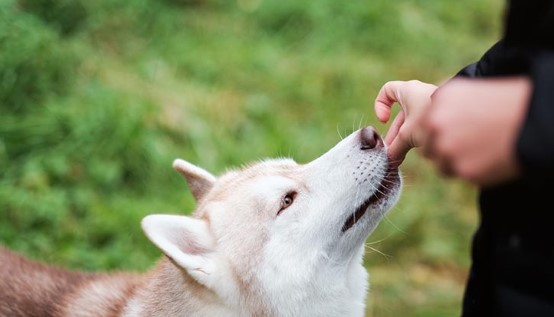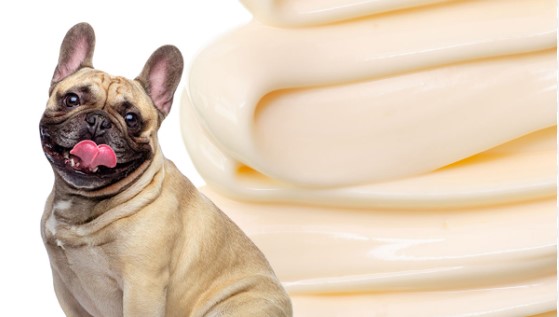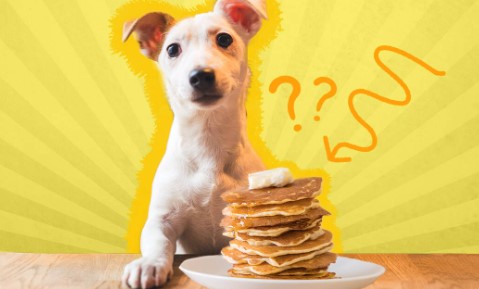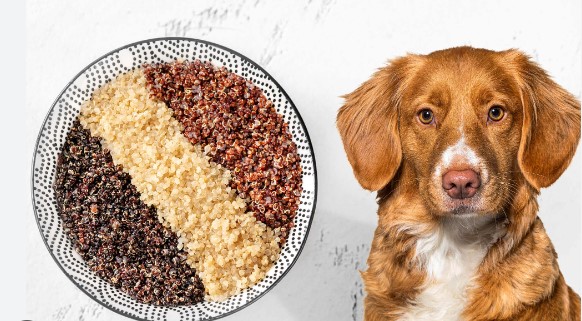Do you want to hunt a deer food plot? Would you like to hunt deer in a food plot? Hunting deer food plots are another hunting strategy hunters implement when hunting wild game. It allows you to focus on a plot of land and avoid hunting in the vast area of the woods. In this article, we discuss tips to help you successfully hunt a food plot.
1. Afternoon Hunt
The afternoon is the best time to hunt a deer food plot, not the mornings. Hunting it in the afternoon allows you to get to the food plot early and set up without getting detected by the animals. This will allow you to avoid any interaction with the animals and not interfere with their movements.
If the animals come into contact with you often around or in the deer food plot, this will drive them away as they will sense danger and avoid it. They may resort to only coming there to feed during the night when they feel safe.
- Don’t Overhunt Food Plots
Do not overhunt a food plot. You can easily find yourself overhunting a deer food plot. It’s very tempting to hunt the food plot regularly when the crops, plants and other foliage are attracting deer and other wild game animals regularly.
This may seem as an easier target to target a food plot instead of going into the woods to target deer. However, resist the urge to hunt the food plot regularly as this will only keep the animals away from the food plot. You will increase the hunting pressure on the food plot if you hunt it on a regular basis.
Deer, and most wild game animals, have a very good sense of smell. If they pick up your human scent in and around the food plot, it will keep them away and they might only come there to feed during the night.
- Mature Buck Hunt
Most of the time, does and young bucks are the ones that will frequent a food plot during the day. Mature bucks live to become bucks by being cautious and smart. They often will come to feed from a food plot during the night when the hunting pressure is reduce and safety is better. Bucks are fast learners and quickly learn to avoid humans and other forms of danger.
Additionally, some bucks will be more careful by remaining downwind and check for any scent to find out if there is any sign of danger around a food plot. Mature bucks didn’t grow into bucks by accident. They are smart and cautious.
- Hunting Set Up
When hunting a food plot, it is best to set up your hunting location in the woods that is close to the food plot. This allows you to target bucks and other deer that may come into your shooting range when they are in route to the food plot.
Additionally, this also allows you to avoid coming into contact with the deer and spooking them. If deer come into contact with you often in and around the hunting area, they will avoid it.
- Avoid Overshooting
Resist the urge to shoot too many deer in the food plot. You will encounter many does in the food plot and may be tempted to take them. However, don’t take too many shots in the food plot. It is counterproductive.
If you take down too many does in the food plot, it will drive them away from it as they will realize the danger with the food plot. They will only come at night and avoid coming there to feed during the day.
- Multiple Stands
When hunting a food plot, always set up multiple hunting stands. This will increase your chances of taking down deer. Set up hunting stands in different directions and at also set them up with respect to the wind direction.
This will make it easy to move from one hunting stand to another when you are not having much luck at one stand. Moreover, when the wind direction is in one direction that will drive your odor to the animals, you can move to another hunting stand that is downwind of the food plot and not take your human scent to them.
7. Trail Cameras
Trail cameras have become a regular hunting gadget today. It allows the hunter to collect scouting information all day and night. It collects information like deer movement, behavior, travel routes, possible bedding areas, food sources and water sources.
Additionally, you can learn about the population of the animals in the area, what they usually eat, particular bucks in the area and when they come out to eat and go back to bedding area.
With information from trail cameras, you can plan your hunting strategy to be more successful when hunting from a food plot. It is a good idea to set up multiple trail cameras in different locations to capture as much footage that you can learn from.
Conclusion
Deer food plots are a good hunting strategy as they attract deer to a particular plot of land that you can hunt them from. Hunting a food plot makes it easy to hunt but if done incorrectly, it may drive deer away because of the hunting pressure.
In this article, we shared information to help you successfully hunt a deer food plot. If you want to get more information about deer food plots and hunting food plots, then click this link and read more.






